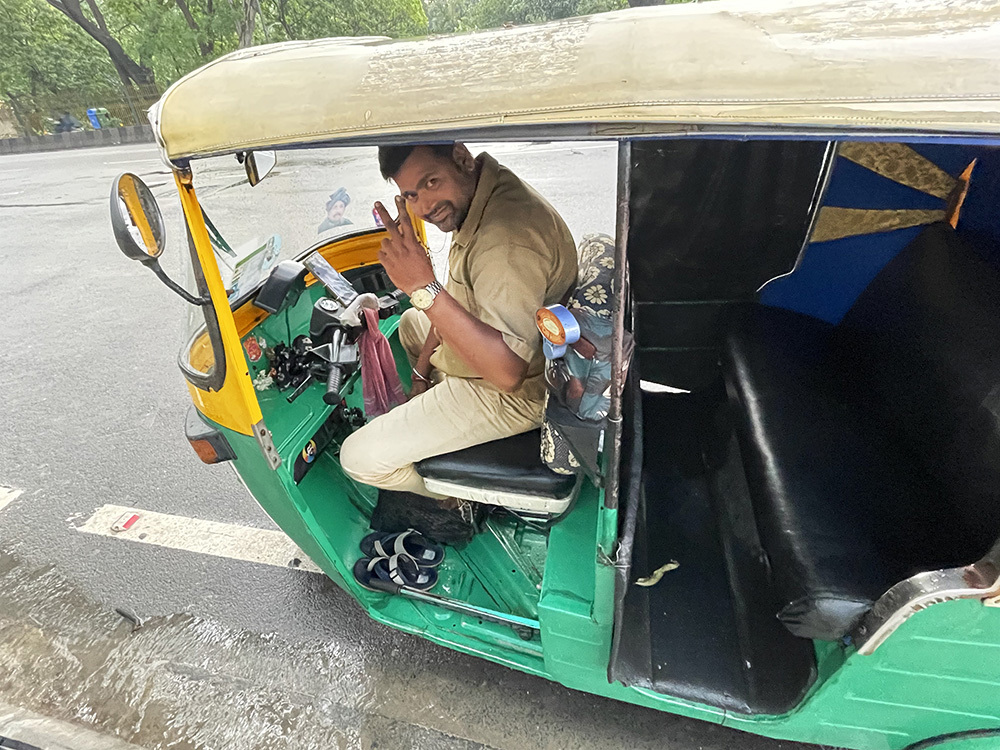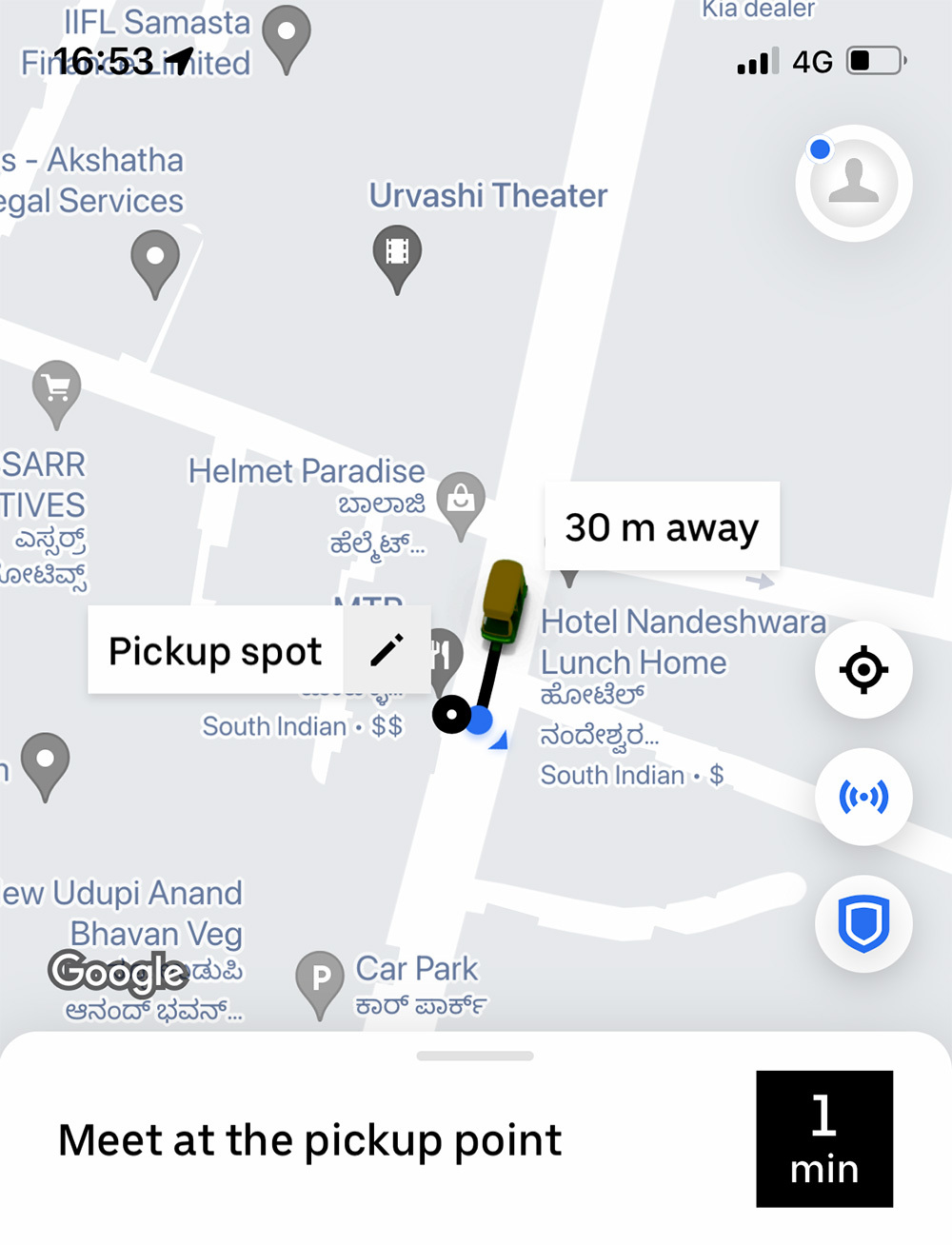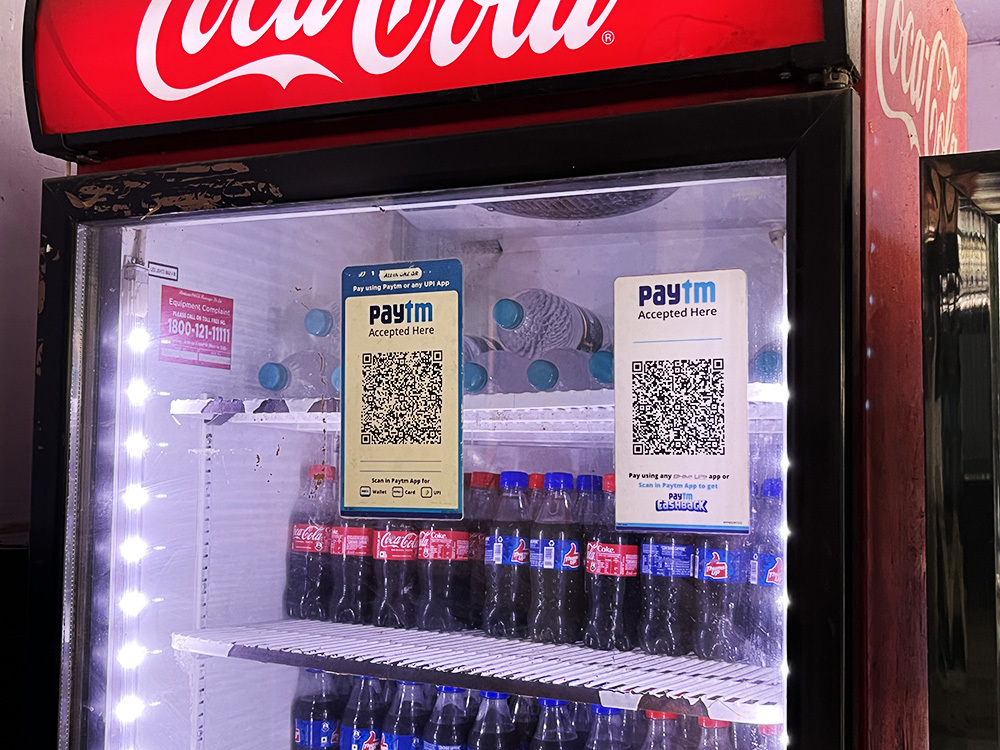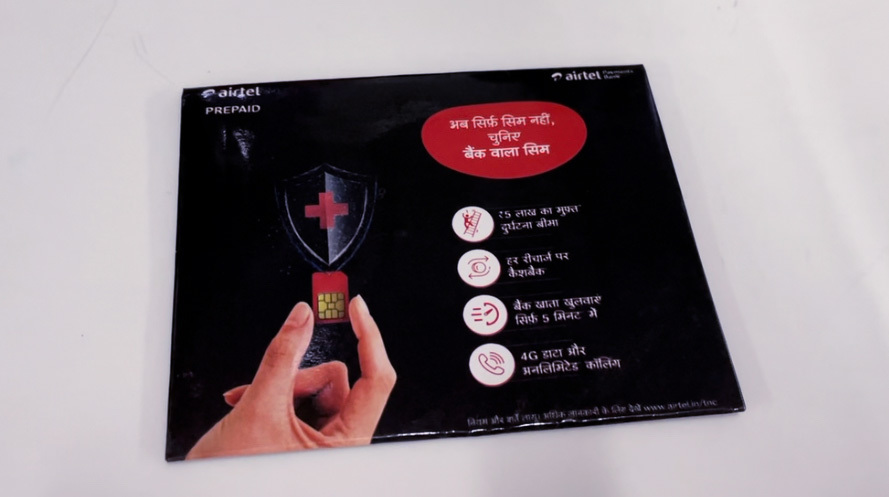Note: This website was automatically translated, so some terms or nuances may not be completely accurate.
India: A Nation of Entrepreneurs. The Secret Behind Surpassing 100 Unicorns

Higashi Naruki
India's unicorn companies surpassed 100 this year, making it the world's third-largest market for unicorns after the US and China. This time, Dentsu Inc.'s Naruki Higashi (Business Production Bureau) traveled to India to see the current state of the Indian startup scene.
After publishing the feature article on business media PIVOT, it received significant attention. Consequently, we are sharing part of it in the Dentsu Inc. News.
Why India now?
Why did I go to India now?
I've long been interested in startups. As a student, I visited Silicon Valley for reporting, and at Dentsu Inc., I had the opportunity to work with entrepreneurs. I'd heard about Bangalore (officially Bengaluru), often called India's Silicon Valley, and had always wanted to visit.
So, rather than relying on news reports or hearsay, I decided to see India's vibrant scene "with my own eyes." I spent two weeks there interviewing entrepreneurs and investors.
India: Where Old and New Collide
During my interviews with Japanese and Indian entrepreneurs in India, one phrase came up repeatedly: "India's rapid growth." New services permeate the market, and I often found myself thinking, "Isn't this more advanced than Japan?"
Take the auto-rickshaws crisscrossing the city streets, for example.

At first glance, they seem like "traditional vehicles," but you can hail them using Uber, a "new technology," via your smartphone. The familiar Uber car icon is replaced here by an auto rickshaw icon.

The convenience lies in the complete absence of price negotiation. After specifying your destination and pickup location in the app, you simply wait for the rickshaw. The fare is set by the app based on distance (a 10-20 minute ride costs a few hundred yen).
India is a smartphone powerhouse. Some estimates say "750 million people own smartphones." For example, there's an app that delivers daily necessities to your home in just 10 minutes.


When I actually tried ordering, water and chocolate arrived in just 20 minutes.
Even at old-fashioned shops like this, you can pay with a QR code.


And for good reason. In India, Wi-Fi usage fees are significantly cheaper compared to Japan. This is the Airtel SIM card I bought at the airport.

You get 1.5GB of Wi-Fi daily for just ¥1000 a month.
In India, against the backdrop of cheap Wi-Fi and smartphone proliferation, services spanning diverse areas like payments, delivery, and transportation are expanding. And as groundbreaking startup services blend with traditional lifestyles, a new way of life emerges. In India, old and new ways of living intertwined.
The Secret to India's Growth
So why have startups achieved such remarkable growth in India?
A major reason is
① There are many talented engineers
② Proficiency in English
③ Cost advantages in labor expenses
With this abundant engineering talent pool, companies can expand internationally or compete within India's domestic market of 1.4 billion people.
So, what specific services are growing? Introducing the entrepreneurs in Bangalore for this interview is Satoshi Nagata, Chief Strategy Officer at Sagri India, the Indian subsidiary of the Japan-based agritech startup Sagri. Founded in 2018, Sagri entered Bangalore, India in 2019 as the first project under the Japan-India Startup Hub initiative by the Ministry of Economy, Trade and Industry (METI) and JETRO. It operates a data infrastructure business for smart agriculture using satellite data and a microfinance credit data provision business. Accompanied by Mr. Nagata, we visited NASSCOM (the industry association for major Indian IT companies) to hear about their efforts to foster startup growth in India.

NASSCOM Director Navratan explained the reasons behind India's startup boom:
"90% of businesses in India are sole proprietorships. There are many small farms and local shops—individual businesses. Precisely because it's a chaotic 'unorganized market' where individuals operate separately, services that efficiently consolidate that market can succeed.
For example, OYO (a budget accommodation service) established systems for attracting customers and handling payments for room owners, while Ola (an Indian ride-hailing app similar to Uber) created a matching system connecting individual drivers with passengers."

Next, Nagata introduced Rocketium co-founder Anurag Dwivedi as a rapidly growing startup in India.
Anurag stated that the "complexity of India" lies behind the boom of Indian startups.
"India has cultural differences across regions, a massive population, and incredibly complex challenges. That's precisely why there are entrepreneurs eager to tackle these problems."
Rocketium is a service that uses AI technology to automatically generate visuals for web banner ads. India has diverse languages and customs, meaning even after creating a banner ad, a massive amount of customization work is required for language, photos, size adjustments, and more. They say AI simplifies this process.
"India has entrepreneurs tackling extremely difficult challenges. I believe that to solve these problems, the technologies of the future will be born in India."
The Realities of Indian Startups: Experienced Firsthand
So far, we've explored startups from an Indian perspective. Meanwhile, Japanese investors who recognized India's potential early on have also traveled there to make their mark.
I met with the founders of "Dream Incubator India," "Incubate Fund India," and "Beyond Next Ventures," all investing in India, to ask them questions like, "Why did you expand into India?" and "What results have you seen from your actual investments?"
What I felt after going to India and writing this article is an "India in constant motion" that can't be captured in a single phrase. Spending time in India lets you physically experience a country that's constantly changing and moving forward. That's precisely why it's a country entrepreneurs and investors can't take their eyes off.
Amidst pandemic travel restrictions, people like me traveling to India for interviews are rare, allowing me to gather unique local insights from many sources. Stories that couldn't be covered here are serialized in PIVOT, a business media outlet. Search for "Win in India!" on the PIVOT app or view the web version here. Discover the reality of Indian startups – something you can only truly grasp by going there yourself.


Was this article helpful?
Newsletter registration is here
We select and publish important news every day
For inquiries about this article
Author

Higashi Naruki
Recipient of the Good Design Award, Spikes Asia Grand Prix, AD STARS Grand Prix, and the Grand Prix for the Transportation Advertising Grand Prix's Most Outstanding Category. His book, "Art in Business" (Yuhikaku), systematizes practical methods for incorporating art into business. Privately, he conducts interviews domestically and internationally, contributing to media outlets and sharing content on his YouTube channel. He is developing a real estate information media platform in Dubai, a city experiencing remarkable economic growth. He left Dentsu Inc. in February 2023.